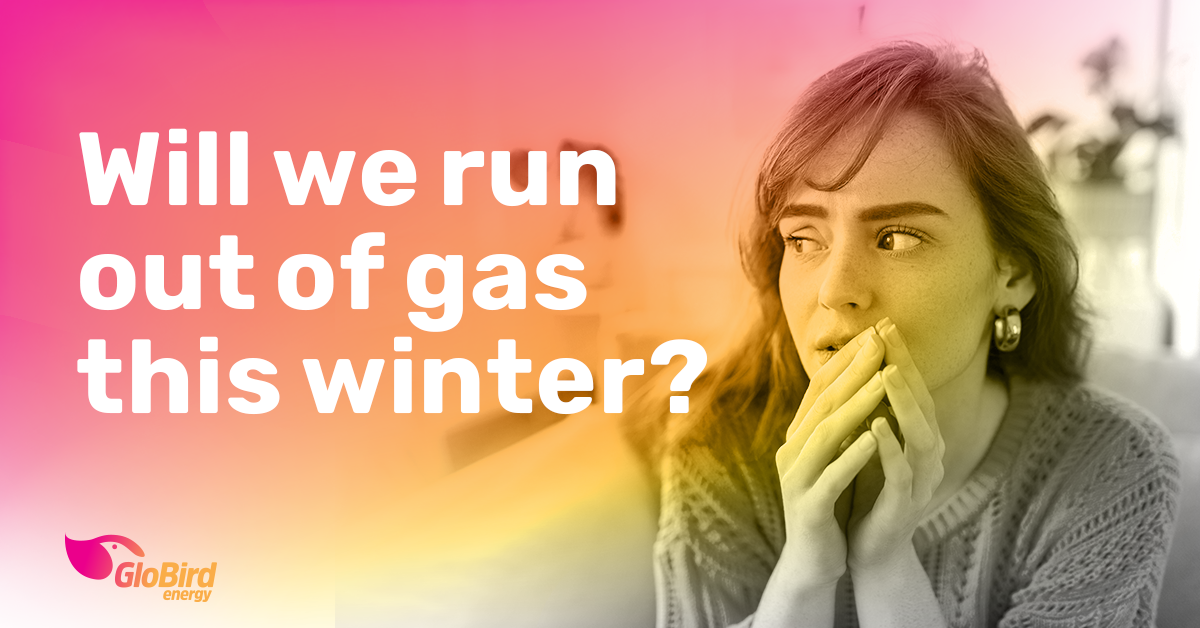A year ago, we posted this: How the supply-demand equation is likely to influence your gas bill.
It looked at the global gas supply landscape in the wake of Russia’s invasion of Ukraine and whether Australia’s commitments to supply gas to international markets would impact on our domestic supply – and prices.
A few months later, in the middle of winter, we followed up with: How did Australia come to run low on gas?.
In that piece, we not only looked at how a range of factors were impacting the amount of gas produced in Australia but also the delicate (and much-debated) balance between how much we export and how much we keep for domestic use.
While the world continues to adapt to the challenging supply-demand equation, Australia’s domestic gas supplies remain limited.
This has resulted in the Australian Energy Market Operator (AEMO) flagging the possibility of gas shortfalls on days of peak demand this winter and, potentially, for some years to come.
What has AEMO said?
Every year, AEMO releases its analysis of the market, in particular supply and demand, in what’s called the Gas Statement of Opportunities (GSOO).
The GSOO looks at demand forecasts with the specific objective of predicting whether the supply of gas to the Australian east coast will be able to meet our needs.
The idea is that, if there’s a chance of supply falling short of demand, being forewarned should help the market and regulators at least be ready for that and, hopefully, be able to take some action to minimise that possibility.
The 2023 GSOO has identified not only the risk of short-term supply shortfalls this winter, but also the likelihood of long-term gas supply gaps.
What factors do they analyse?
Forecasting whether gas supply will meet demand is complex and involves crunching a lot of data. It uses what’s happened in previous years as a guide while also relying on some informed predictions about what will happen in the future.
For the supply equation, AEMO factors in expected production from southern gas fields, inflows from the Southwest Queensland Pipeline (SWQP), shallow storage in Dandenong and Newcastle, and deep storage (at Iona in Victoria).
Crucially, it assumes that LNG exporters will supply any uncontracted gas to the domestic market rather than exporting it.
The demand calculation covers two scenarios: extreme cold weather resulting in high coincident demand and milder weather conditions with unremarkable coincident demand.
Do we have enough gas to meet demand?
Because of the two scenarios – extremely cold weather and milder weather demands – the million-dollar question, Will we have enough gas to meet demand?, has two answers.
If the weather is mild (by Australian winter standards), while availability might be tight at times, it is expected that supply will satisfy demand.
However, in the cold-year scenario, shortfalls are expected on some peak days, starting from this winter.
The GSOO outlines that in adverse weather conditions where cold snaps drive up gas demand from residential and industrial consumers and there is coincident demand for gas-fired electricity generation, there’s a high probability that there won’t be enough gas.
That highlights the other crucial factor in the equation: as coal-fired generators reduce output or go offline, gas will increasingly be relied on to provide backup generation if not enough electricity is available from renewable sources.
Is there anything being done about it?
The first thing that’s being done to mitigate the risks is the GSOO itself. By highlighting that there are risks and alerting everyone involved to the sort of careful management required AEMO is doing its job.
The GSOO assumes that crucial infrastructure upgrades will be commissioned and completed on time, so we can expect some urgency around things like the Western Outer Ring Main, the second compressor at Winchelsea, and upgrades of the SWQP.
While this was already clear, the GSOO reminds everyone that the shallow storage facilities, which are there to respond to daily shortfall risks, need to be kept full. A rule change from the Victorian Government ensures this will be the case at the Dandenong facility, while the one at Newcastle is also expected to be available for high-demand days in winter 2023.
Using gas-fired electricity generation less during times of peak gas demand is another sensible measure, while demand response from major gas and electricity use can reduce the overall strain on the grid.
What about managing exports?
About three-quarters of the gas Australia produces is exported, mainly to our Asian trading partners.
Those lucrative long-term deals help provide the certainty to incentivise much-needed investment in the sector, with some of that coming from foreign investors.
As we’ve mentioned before, since 2006 Western Australia has kept 15 per cent of all gas produced in the state for domestic use under its domestic gas reservation policy, however there is no such policy for the rest of the country.
AEMO has made it clear that if exporters choose to export their uncontracted gas volumes and domestic supply adequacy is at risk, interventions may be needed.
Meanwhile, the Federal Government has floated the prospect of creating a mandatory code of conduct, although it’s treading carefully so as not to risk impacting domestic consumers.
The issue is being managed – and very closely scrutinised – but we’ve been warned that it’s going to be a close thing and it’s very possible that we’ll have some days in the depths of winter where the gas does, literally, run out.
